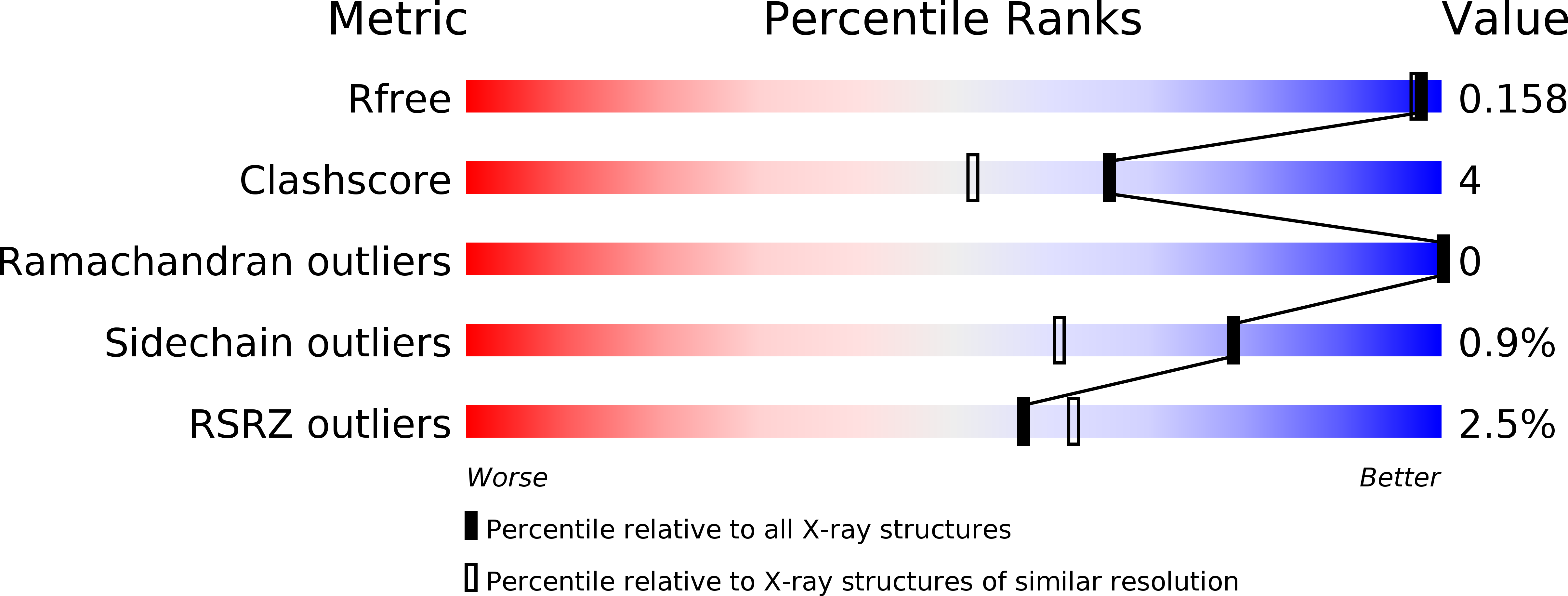
Deposition Date
2009-11-17
Release Date
2010-12-08
Last Version Date
2025-03-26
Entry Detail
PDB ID:
3KQR
Keywords:
Title:
The structure of serum amyloid p component bound to phosphoethanolamine
Biological Source:
Source Organism:
Homo sapiens (Taxon ID: 9606)
Method Details:
Experimental Method:
Resolution:
1.50 Å
R-Value Free:
0.16
R-Value Work:
0.14
R-Value Observed:
0.14
Space Group:
P 1 21 1


